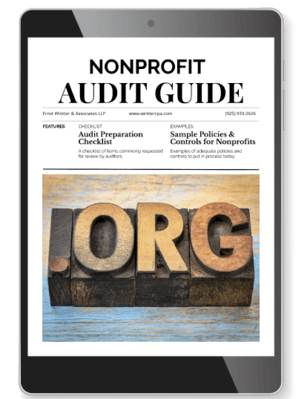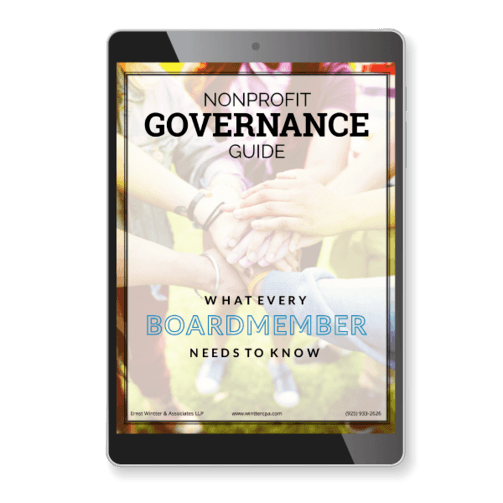Charitable giving in America has long been driven by a mix of personal, financial, and social motivations. Understanding what inspires donors—and how these motivations differ across demographic groups—can help your nonprofit connect more meaningfully with supporters. By exploring the dynamics of charitable giving, your organization can develop targeted strategies that foster generosity, deepen community engagement, and amplify your mission’s impact.
Tax Deductions Matters
The United States relies on individuals to fund many non-profit activities rather than the government in many European nations. To promote this funding activity, the U.S. provides tax deductions for non-profit donations. This tax structure causes donations to be an integral part of financial planning for high net worth individuals and corporate giving.
Asset protection and capital preservation traditionally have motivated many wealthy individuals to make charitable donations. And certain strategies — such as gifting appreciated stock or real estate to get “more bang for the buck” — may be particularly appealing to donors who make charitable giving a piece of their larger financial plans.
Motivations by high net worth individuals can also include personal philosophies, such as “The Giving Pledge” for billionaires to give away a majority of their assets to philanthropic causes instead of focusing on holding generational wealth in their families. Started by Warren Buffet, 187 billionaires have now signed on to the pledge.
Social and Community Motivations
Research by the Center on Philanthropy at Indiana University has found that younger donors — those between 20 and 45 — as well as wealthier and better-educated individuals, are more likely to want to “make a difference” with their gifts. Specifically, individuals with a high school degree or less donate to help their communities meet everyone’s basic needs.
Across demographics, donors are interested in the social capital derived from giving. For example, the American Economic Review reported on research that found donors typically gave more when their gifts were announced publicly. Donors are also motivated by social pressure, which is strongest when there is a personal connection. People are more likely to give — and to give in greater amounts — if asked personally, particularly if they know the person making the appeal. These donors can be motivated by a combination of increased social prestige and meeting social pressures, while aiming to portray a purely altruistic perception for their donation. Such individuals are more likely to buy pricey tickets to annual galas or join a non-profit’s board to meet and socialize with others in their socioeconomic group or business community.
Keeping Donor Attention
Motivations are as complex as the donors themselves, with donations stemming from multiple motivations and evolving relationships with a charity. Performing basic market research to learn who your donors are and their basic motivations will help your non-profit identify and keep donors giving to your organization.
Ernst Wintter & Associates LLP specializes
in California non-profit audits and tax preparation. Contact us today for help with your
non-profit audit or tax prep needs.








